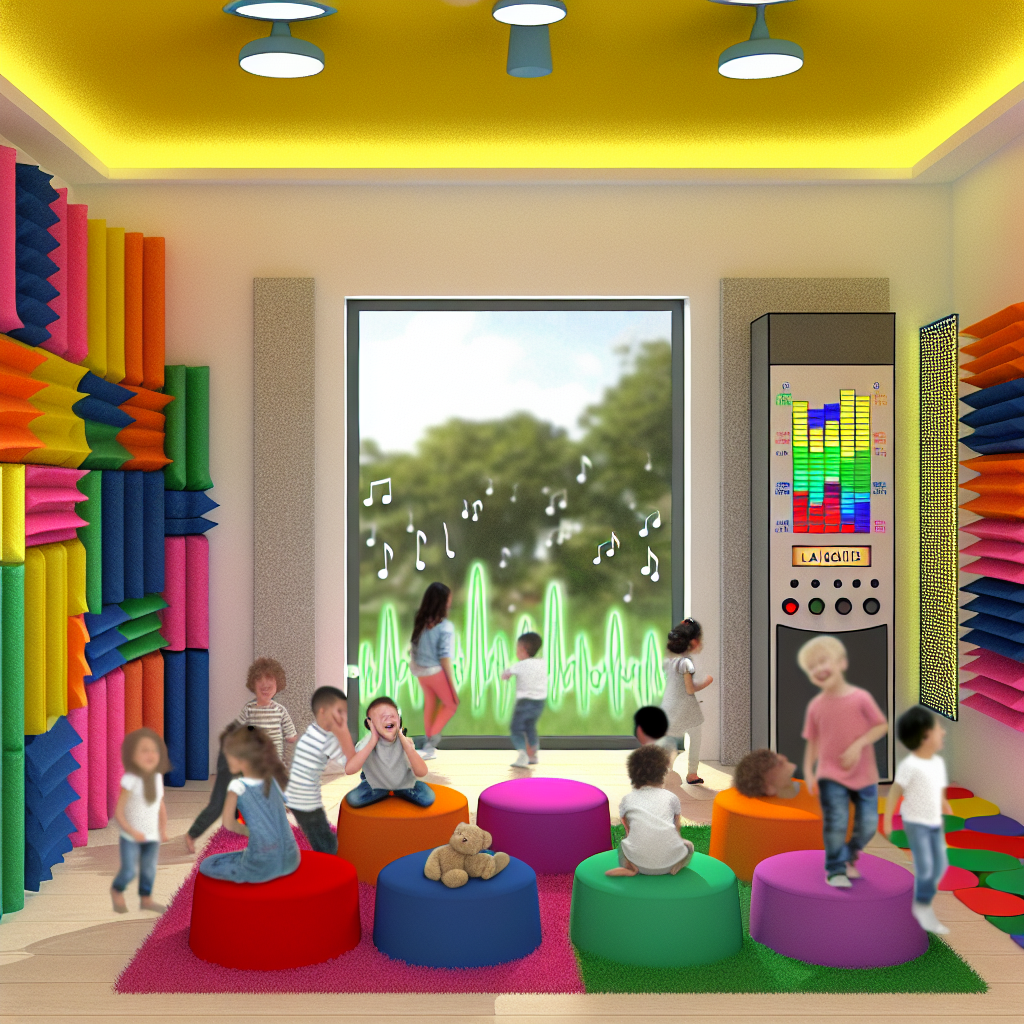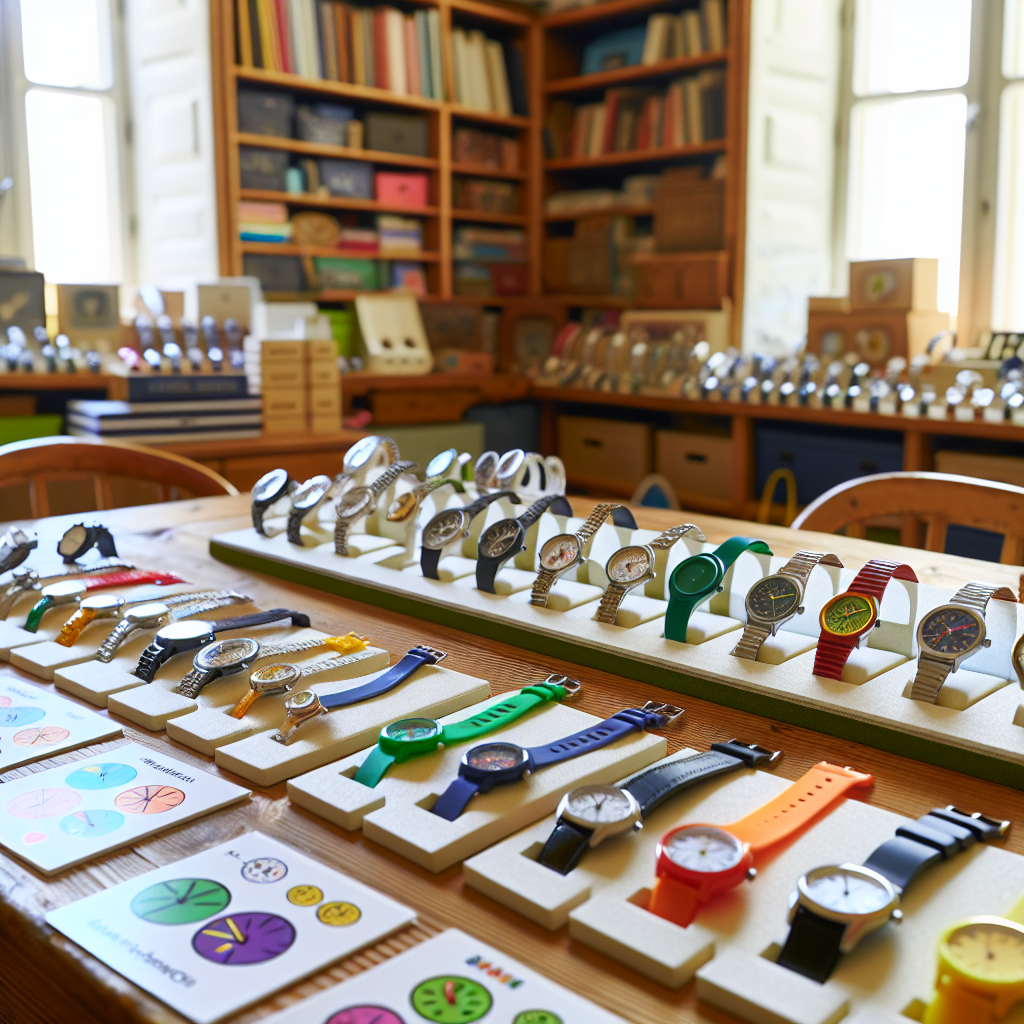Acoustic Engineering for Children’s Spaces: The Science of Premium Sound Environments
Introduction
In today’s world of intentional parenting and sophisticated home design, advanced solutions once reserved for commercial or professional environments are finding their place in luxury homes and curated learning spaces. One such innovation is acoustic engineering for children’s spaces. While often underestimated, the way sound behaves in a child’s environment has a profound and scientifically documented impact on their cognitive development, emotional balance, and everyday comfort. For affluent families aiming to offer their children the best start in life, crafting optimal auditory environments is no longer just an aesthetic choice—it’s an investment in future success.
Acoustic engineering—the science of controlling sound within architectural spaces—has traditionally been the domain of concert halls and recording studios. Today, this powerful design tool is being reimagined for children’s bedrooms, nurseries, study zones and playrooms. Poor sound design in these intimate spaces can lead to overstimulation, restlessness, and developmental setbacks. Conversely, an intelligently designed soundscape can promote better sleep, sharper focus, emotional self-regulation, and even enhanced language learning—critical skills during childhood’s most formative years.
From custom acoustic paneling crafted in luxurious textures to integrated sound systems that deliver calming natural soundscapes, designers are merging neuroscience with aesthetics to create stunning environments that quite literally sound as good as they look. These curated spaces are paving the way for a new standard in premium parenting: where technology, science, and design converge to nurture both mind and soul.
In this detailed guide, we explore the hard science that supports the use of sound engineering in children’s interior design, the luxury solutions that make it stylish and effective, and how investing in intentional soundscapes can form the foundation for a lifetime of well-being and success.
Why Sound Matters: The Scientific Case for Acoustic Design in Children’s Spaces
The impact of noise on children is well-documented. According to the World Health Organization (2011), sustained exposure to environmental noise can result in sleep disorders, increased stress hormones, and even hindered cognitive development, especially in children under the age of six. Young minds are particularly vulnerable to noise because their auditory systems are still developing. With such high sensitivity, even moderate levels of uncontrolled noise can disrupt critical neurological processes.
Researchers at Cornell University, including Evans and Maxwell, conducted a pivotal study published in Developmental Psychology showing that preschool children exposed to chronic noise displayed slower reading and language development and diminished memory performance compared to those in quieter environments. Such findings clearly suggest the importance of acoustic optimization for early learning spaces at home.
Medical professionals also support this notion. In a study related to newborns, the American Academy of Pediatrics highlighted the risks associated with high-decibel environments in neonatal care units. Excessive or erratic sound can overstimulate the nervous system, increase heart rate inconsistencies, and reduce quality sleep in infants. This knowledge translates directly to how nurseries and baby bedrooms should be designed—with quietude and sound control in mind.
Additionally, researchers at the Institute for Learning and Brain Sciences (I-LABS) in Seattle have established a link between early sound exposure and language acquisition. Children raised in immersive sound environments—characterized by clarity and variety—display stronger grasp of vocabulary, emotional nuance, and linguistic rhythm well before their peers. These insights illustrate that soundscapes are not just a matter of comfort—they shape the brain’s structural development.
Designing with Elegance and Purpose: Luxury Sound Solutions for Today’s Children
As awareness grows, so does the interest in beautiful yet functional sound-optimized children’s rooms. Top interior designers are now partnering with acoustic consultants and audio engineers to create bespoke solutions that fit seamlessly into high-end homes.
Leading this trend are luxury sound materials and furnishings tailored for children. For instance, BuzziSpace and Kirei produce designer-grade acoustic panels made of sustainable, non-toxic materials. These panels function as elegant art installations while actively absorbing noise pollution. Their textured, artistic surfaces blend easily into contemporary or classic interiors, enhancing ambiance without compromising sound quality.
For parents seeking fully integrated solutions, luxury audio brands such as Bang & Olufsen are rising to the occasion. These systems don’t merely play music but can be programmed to deliver tailor-made auditory experiences—from soothing rainforests during nap time to gentle white noise that helps drown out household commotion during study time. These devices often feature voice-control, wireless streaming, and aesthetic options to complement sleek interior designs.
International architects now often incorporate acoustic “clouds”—designer ceiling panels that absorb echo—and acoustic flooring solutions that minimize impact sound, creating total tranquility. Every design element, from the curtain texture to the ceiling height, creates a subtle yet powerful acoustic signature unique to the space’s function and style.
Ultimately, these luxury elements do more than beautify—they contribute to a multisensory experience that supports learning, focus, and emotional agility in a way few traditional design elements can match.
Raising Sound Minds: How Premium Acoustic Design Supports Development
Children’s rooms are more than aesthetic spaces—they are growth environments that nurture every sense, including hearing. Controlled acoustic design helps lower cortisol levels (stress hormones), lengthen attention spans, and regulate behavior. In fact, children with ADHD or sensory processing sensitivities have been shown to benefit particularly well from acoustically balanced spaces that minimize unpredictable and overstimulating noises.
Premium acoustic environments also enhance language acquisition and auditory processing. With fewer ambient distractions, children can focus more effectively on speech rhythms, inflection, and vocabulary—critical for early literacy and emotional development. In multilingual environments, the presence of clear and rich audio channels becomes even more important.
Rather than merely styling a room for visual elegance, forward-thinking parents are embracing the idea of designing with sonic purpose. Whether calming a restless toddler at bedtime or prepping a preschooler for learning, sound becomes another parenting tool—powerful, refined, and deeply impactful.
Conclusion: Investing in Acoustic Excellence Is Investing in the Future
Sound isn’t just heard—it’s felt, processed, and internalized, especially by children. As such, intentional acoustic design should be viewed as an essential element of high-quality parenting. From white noise machines and whisper-quiet HVAC systems to artisanal acoustic furnishings and immersive audio designs, the tools for creating acoustic harmony are now more accessible—and essential—than ever before.
For elite families designing the next generation’s sanctuaries, integrating acoustic engineering showcases a deep commitment not only to aesthetics but to the developmental science that shapes a thriving child. It’s about building environments where children flourish psychologically, emotionally, and neurologically, surrounded by serenity and supported by sound.
References
- World Health Organization. (2011). Burden of Disease from Environmental Noise.
- Maxwell, L. E., & Evans, G. W. (2000). The effects of noise on pre-school children’s pre-reading skills. Developmental Psychology, 36(3), 350–357.
- American Academy of Pediatrics. (2007). Noise: A Hazard for the Fetus and Newborn.
- Institute for Learning & Brain Sciences (I-LABS). Infant Learning and the Role of Sound.
- BuzziSpace: Acoustic Solutions
- Kirei: Architectural Acoustic Design
- Bang & Olufsen: Luxury Sound Systems

Dominic E. is a passionate filmmaker navigating the exciting intersection of art and science. By day, he delves into the complexities of the human body as a full-time medical writer, meticulously translating intricate medical concepts into accessible and engaging narratives. By night, he explores the boundless realm of cinematic storytelling, crafting narratives that evoke emotion and challenge perspectives. Film Student and Full-time Medical Writer for ContentVendor.com




